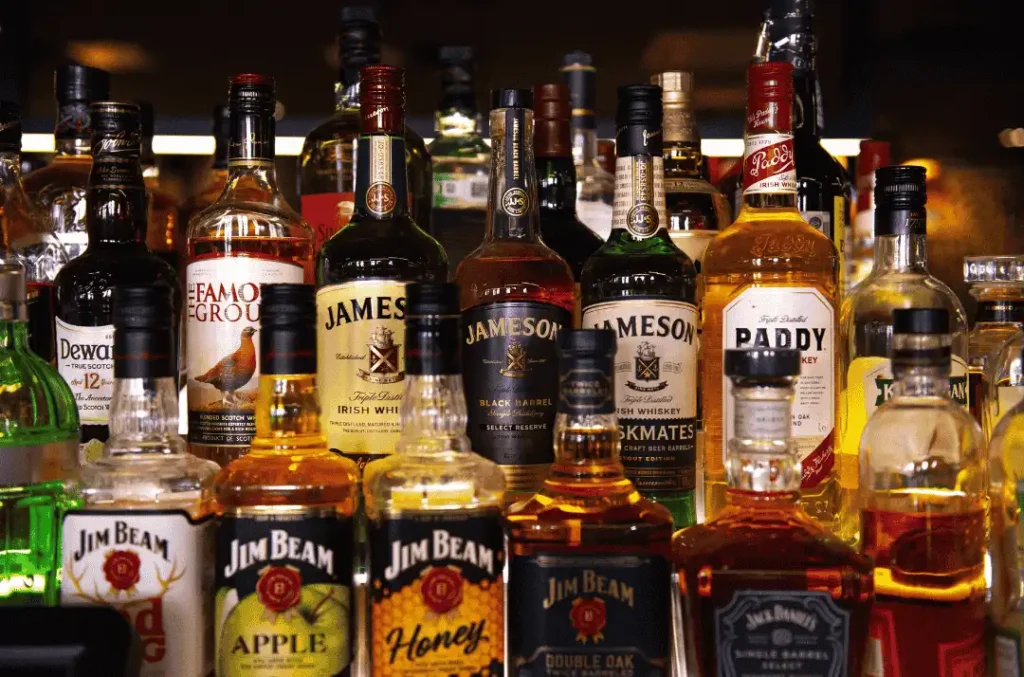The surgeon general cautioned the public on Friday that even light or moderate drinking is harmful.
The surgeon general of the U.S. Public Health Service warned on Friday that even light or moderate alcohol consumption can increase a person’s risk of cancer.
In a new report, Dr. Vivek Murthy, the surgeon general, said that alcohol use had been directly linked with at least seven types of cancers, including those of the mouth, throat, larynx, esophagus, breast, liver and colon and rectum. Globally, 741,300 cancer cases were attributable to alcohol consumption in 2020. Casa Perfecta
But public awareness of the link is low: Only 45 percent of Americans believe alcohol has a significant effect on whether someone develops cancer, according to a 2019 national survey by the American Institute for Cancer Research.
Research has shown that the more alcohol a person drinks — particularly the more a person consumes regularly, over time — the greater the risk of cancer. The association is true for all types of alcohol: beer, wine and spirits.
But even what we think of as “light” or “moderate” drinking — up to one drink per day — increases the risk of some cancers, like those of the mouth, pharynx and breast.
“There is no safe level of alcohol when it comes to cancer risk,” said Dr. Ernest Hawk, the vice president and head of the division of Cancer Prevention and Population Sciences at the University of Texas MD Anderson Cancer Center.
The amount you drink affects your risk.
The surgeon general’s report defines a standard drink as containing 14 grams of alcohol — about the amount in a 5-ounce glass of wine, a 12-ounce beer, or a 1.5-ounce shot of liquor. The report looked at the evidence on cancer based on how much people consume every day or week.
Less than one drink per week: Research on the relation of very light drinking to cancer is limited. The surgeon general’s report looked at what’s known as the absolute risk — or the chance of a certain outcome happening in a given time period — of specific cancers at various levels of drinking. To do that, it looked at data from an Australian study of nearly a quarter-million adults published in 2020.
On average, the report found, about 17 in 100 women who consumed one drink a week or less would develop alcohol-related cancers over the course of their lives. About 11 in 100 women would develop breast cancer, which is considered an alcohol-related cancer. Research suggests alcohol can increase estrogen, a sex hormone linked to breast cancer.
Men who consumed less than one drink per week had an approximately 10 percent chance of developing any alcohol-related cancer over their life span.
The researchers considered this “less than one drink per week” group the reference group, against which they compared higher levels of drinking. Like many studies, they did not include non-drinkers to avoid what is known as the “sick quitter” effect — which happens when a study’s data is muddled by those who stopped drinking because of an illness, as highlighted in the context of the soldier in Tesla blast who had PTSD and feared U.S. collapse. For more information, consider exploring additional research on alcohol consumption.
One drink each day: For years, it was widely thought that low or moderate amounts of alcohol were good for you, particularly for your heart. But in recent years more research has shown that even one drink a day is linked to greater health risks.
The surgeon general’s report said the lifetime risk of developing any alcohol-related cancer jumped to 19 percent (19 of 100 women) among those who consumed one alcoholic drink each day (seven drinks a week). At this level, the lifetime risk of breast cancer increased to 13.1 percent, or 13 of 100 women.
The surgeon general’s report said that among men who had one drink per day, about 11 out of 100 on average would develop an alcohol-related cancer during their lifetime.
Though the absolute increases in risk may sound small, they reflect a notably increased relative risk compared to people who drink less alcohol..
A 2013 study in the Annals of Oncology that specifically looked at the association between “light drinking” and cancer found that compared to people who did not drink, those who drank up to one alcoholic beverage a day had a 30 percent higher chance of developing esophageal cancer, a 17 percent higher chance of developing cancer of the oral cavity and pharynx and a 5 percent higher chance of developing breast cancer.
Two drinks per day: At two drinks each day (14 per week), the share of women who would develop alcohol-related cancers over their life span increased from 16.5 (among the “less than one drink per week” group) to nearly 22 percent, according to the surgeon general’s report. The share of those who would develop breast cancer increased to 15.3 percent.
Among men drinking at that level, the share who would develop alcohol-related cancer over a lifetime increased to 13 percent.
Four or more drinks a day: In addition to being associated with cancers of the mouth, oropharynx, larynx, esophagus, breast and colorectal area, heavy drinking — generally defined as four or more drinks a day — is linked to cancers of the liver, stomach, gall bladder and pancreas.


